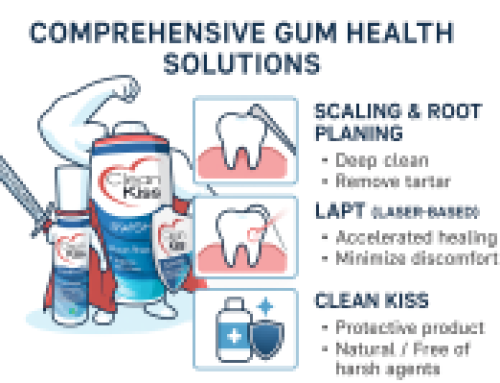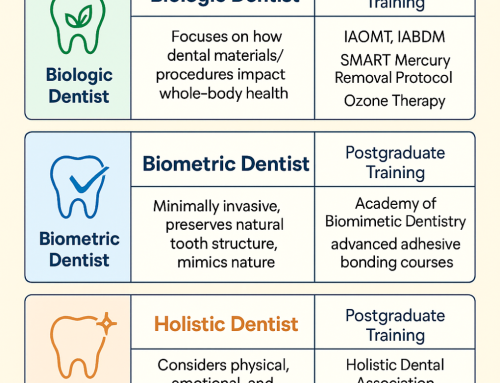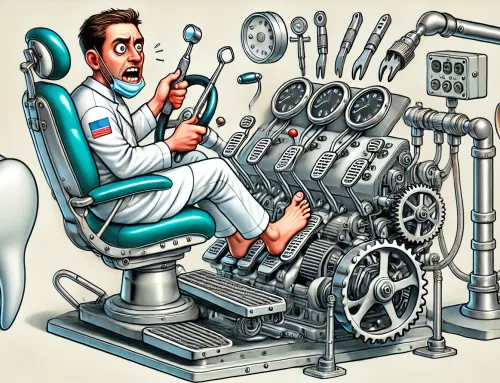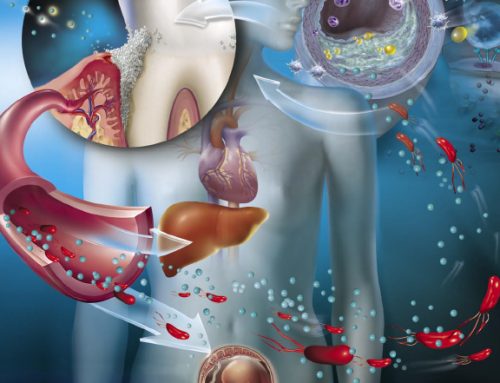What is system design?
Your practice system is comprised of each step your patient takes from discovering you, calling the office, setting an appointment, diagnostics, treatment planning, treatment presentation, delivery of treatment, follow up and re-care. Most practices have over 100 structures that make up their practice system.
Commonly, dentists use the practice design of the first job they received, usually in a clinic environment, but don’t change to a private practice model when they obtain their private practice. So, as dentists mature, they piecemeal bits and pieces together, hoping to change from clinic to private practice.
Want to see what part of your practice design is working? Take this quiz to measure the 5 practice engines that fuel your system design and if they are working together. Then set an hour phone call to design how to align the pieces of your practice. Once aligned, you can actually predict practice profitability and know what to change and when to do it.
What are the 5 practice engines?
FINANCE
Do you know what your overhead should be for your practice model? Do you know how much to pay yourself? Do you know if you are paying team enough? Do you know how much to save to protect the practice should you not be able to work? Do you know which expenses to control and which to expand? Do you know if you can afford new equipment? These are all answered via the finance engine. Send me your last 12 months profit and loss statement and set an hour call and I will help you answer all of the above questions.
MARKETING
This engine causes the phone to ring. There are two types of marketing: Internal and External. 80% of your patients should come from internal marketing. Patient referrals, physician referrals, even insurance referrals are examples of internal marketing. Do you know how your new patient found you? It may take more than one referral to motivate the call. For example; a friend may have recommended you but the fact you took the patient’s insurance was the driving factor. Before buying expensive web ads, train your team how to not only ask for referrals, but actually train patients on what to say. Set up a call with us and you will get actual scripting to use. Insurance should be less than 20% of collections to know your patient referral system is working.
External Marketing starts with a website that helps patient’s get to know you and what will happen if they schedule. Does your website walk the patient through the New Patient exam so they know what to expect? How much to spend on ads depends upon what type of practice you want, how long you’ve been in practice, but a good rule of thumb is that marketing should not cost more than 4% of collections. External marketing also includes community networking, social media and events.
SALES
Sales feed your practice and the practice will starve without treatment acceptance. You can opt to see lots of patients with lower dollar treatment plans or see less patients with higher dollar treatment plans. Whichever you choose determines your sales structure design. Sales is a process and starts with the very first phone call. The first sales goal is to set comprehensive exam appointment with new patients 80% of the time instead of hygiene cleanings. Usually, it costs at least $200 per hour to operate a dental practice. Prophy fees are typically under $200, so the practice is losing money for that visit. But you also miss the opportunity to diagnose preventive and non- urgent care causing higher costs for the patient down the road. New Patient treatment planning deserves its own appointment, not stuck at the end of a “cleaning”. An overhead rule of thumb is 55-60% (depending on case size presented) of collections indicates the Sales engine is driving sales properly. I will give you many tips and pointers on our Quiz review call to boost sales without pressure.
OPERATIONS
Operations smoothly move the patient from diagnosis through re-care and include both front and back office. Scheduling, financing, patient hand off from front to back office, rescheduling and everything in between. Most consultants work on operations without determining a practice model. If operations don’t match your practice vision and purpose your team including you, will complain of:
- Doubt, skepticism, confusion, pessimism, outdated policies, rumors, lack of planning
If operations aren’t organized, you and or team will complain of:
- Lack of freedom, lack of discipline, poor communications, undefined structure, inadequate systems
However, if operations are organized to practice vision, you will be able to empower your people, rather than micromanage them.
If you experience even 1 or 2 operations symptoms listed, the result will be low productivity, low revenues and low profits. Let’s talk about where to start.
HUMAN RESOURCES
Have team stayed with you for more than 2 years? How much team turnover have you experienced in the last 5 years? How do you find new team? How do you interview them? Do you have an onboarding system? How do you measure their performance? Do you have a performance improvement program? Do you set meaningful goals for your team? Do you know when to give a raise? Do you know when to fire a non-performer? What about associate dentists? This engine when done systematically relieves stress, frustration and angst for everyone. Let’s see what you are missing!
With the right practice design and management tools, you will get positive and predictable results. I am excited to share them with you!









Leave A Comment
You must be logged in to post a comment.